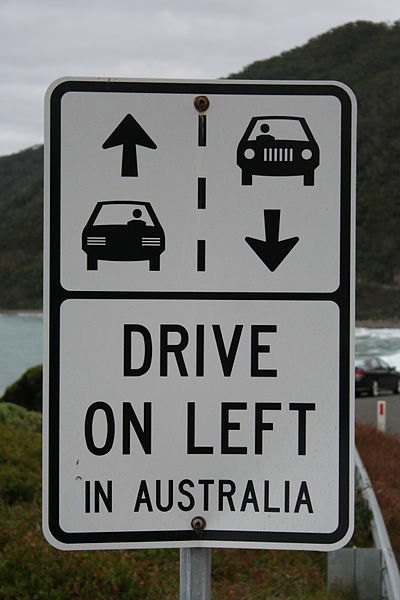On hilly terrain, in winding waterways, in muddy swamps –
“Chico Mendes” feels at home in even the most inhospitable surroundings. Standing 1.20 metres tall, with four agile motor driven legs and outstanding analytical skills, he is perfectly equipped to cope with life in the Amazon’s 370 square kilometre rain forest.

No, this is not an exotic animal, but the latest environmental robot belonging to the Brazilian energy firm
Petrobras. The robot was developed with the help of the latest submarine and drive technology in a joint project between the sociological research institution
Piatam (Potential Impacts and Environmental Risks of the Petroleum and Gas Industry in the Amazon), the
Brazilian state university and Petrobras.

In developing “Chico Mendes”, particular attention was paid to making the
hybrid robot adapt to the rainforest landscape as much as possible, minimizing any damage to the very nature it is supposed to be protecting. Easier said than done: Such specifications posed a particularly difficult challenge in drive technology terms. “Chico Mendes” has to battle through mud, water and swamps with the help of the Swiss electric DC microdrives and minimotors. This involves eight of
Maxon motor’s DC motors which, with an exceptionally long service life, deliver a high performance in a tiny space.

Apart from the above characteristics, their low energy consumption is another important reason why they were chosen for the Piatam project. Therefore the decision was made to use DC engines from Maxon Motor. The environmental robots are driven by solar power in an initial phase. With an efficiency of over 90%, Maxon’s motors are ideally suited to this type of application.
»»»
http://www.piatam.locaweb.com.br»»»
http://www.maxonmotor.co.uk

















































